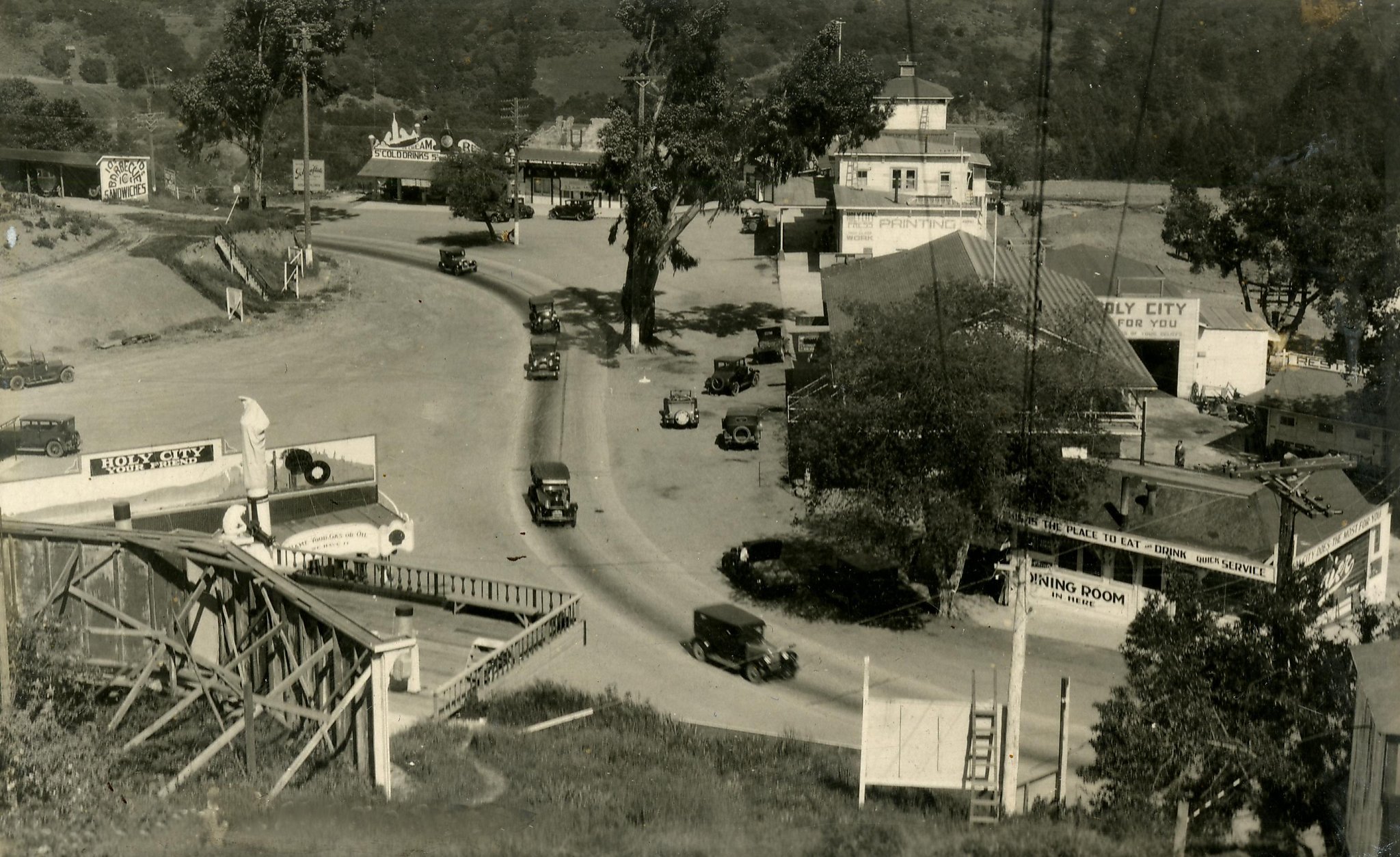Many have walked these woods before..
-

The Original Stewards
The Awaswas, also known as the Santa Cruz people, were Indigenous to California, living in the Santa Cruz Mountains for approximately 12,000 years. The Awaswas were part of the Ohlone linguistic and cultural group but functioned independently rather than as a larger tribe. They lived along the Pacific Coast and in the coastal mountains between Point Año Nuevo and the Pajaro River. The Awaswas were organized into six distinct tribes, including the Quiroste, Cotoni, Achistaca, Uypi, Aptos, and Sayanta. The Awasas were the first people to experience “The Sweet Existence” that is the beauty and bountiful harvest of the Santa Cruz Mountains.
Today, The Awaswas are spoken for by the Amah Mutson Tribal band. You can read more about the Amah Mutson Land Trust, an ongoing environmental and cultural restoration initiativn, here: htps://www.amahmutsunlandtrust.org/
-

The Best Whip in the West
Charley Parkhurst blazed trails in many ways. Parkhurst, celebrated as the "best whip in California," drove stagecoaches during the Gold Rush era, navigating perilous routes with skill. Despite the job's dangers, Parkhurst, known for a tough demeanor and wearing an eyepatch after a horse kick, excelled as a whiskey-drinking, cigar-smoking figure. Upon their death in 1879 at age 67, it was revealed that Charley was biologically Charlotte, having lived as a man since escaping an orphanage in New Hampshire in 1812. Their life challenges gender norms, marking a remarkable tale of hidden identity and pioneering spirit in 19th-century America. Parkhurst's time in the Santa Cruz Mountains added to their legend, reflecting their enduring impact on California's history.
-

Charlie Mckiernan
Mountain Charlie McKiernan is credited as one of the first non-indigenous Americans to reside in the Santa Cruz mountains. He is renowned for his adventurous life as a bear fighter, settler, and toll collector. Born in Ireland in 1825, he joined the Gold Rush in 1849, moving up to areas of northernmost parts of California to prospect. Later, he established a homestead less than a mile from the grade known as Patchen Pass today, building the first house in the Santa Cruz mountains. McKiernan's legendary bear encounter in 1851 left him with a silver plate in his skull. He became a successful businessman, accumulating 3,000 acres and operating a stagecoach business. Despite his disfigurement, McKiernan remained active until his death in 1892, leaving a lasting legacy in the region.
-

Wright Station
Wright Station, perched atop Los Gatos Creek Canyon, emerged as a bustling hub in 1877 due to the influx of Chinese railroad workers. Named after landowner James Richards Wright, the site featured his orchard, vineyard, and the Arbor Villa hotel. Officially founded in 1879 with the establishment of a post office, Wrights Station became a crucial freight link between Santa Clara Valley and Santa Cruz. Despite a devastating fire in 1885, the town rebuilt and expanded. The 1906 earthquake caused significant damage, but repairs and upgrades revived the town briefly. However, with the rise of Highway 17, landslides, and floods, Wrights Station declined, closing its freight office in 1934 and post office in 1938. Today, only remnants of the tunnel and a road name remain.
-

Holy City
Founded in 1919 by cult leader William E. Riker, Holy City was a “Utopian community” promoting "The Perfect Christian Divine Way," which included celibacy and racist white supremacy ideologies. Located directly on Santa Cruz highway, the location was a central stopping point for anyone travelling between the Santa Clara Valley and Monterey. The town featured various attractions like a restaurant, service station, zoo, and radio station KFQU. It thrived in the 1920s and 1930s but declined after the construction of State Route 17 diverted traffic. Disincorporated in 1959, Holy City eventually became a ghost town.
-
Excellent Resources
A Howling Wilderness: The Summit Road of the Santa Cruz Mountains 1850-1906 by Stephen Payne
Ghost Towns of the Santa Cruz Mountains by John V. Young
Loma Prieta Museum - https://www.lomaprietamuseum.org/
Santa Cruz Mountains Bioregional Council - https://www.scmbc.org/about-the-sc-mtns
